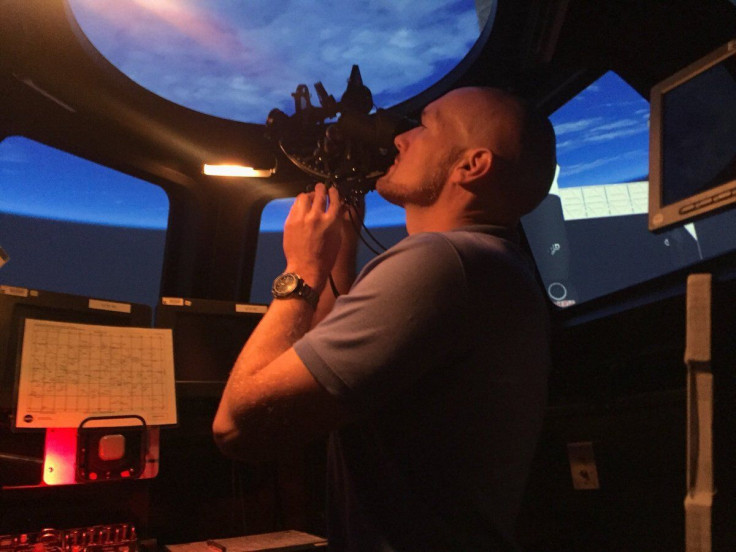NASA Might Use Sailors’ Tool For Emergency Navigation In Deep Space

In a bid to develop appropriate back-up navigation methods for its future deep-space missions, NASA is exploring the functionality of a tool that helped sailors find their way across the world’s oceans.
As ancient navigation methods were not as robust as they are today, explorers used to carry a handheld tool called sextant with them. The device had a sighting mechanism and helped the sailors measure the angular distance between two objects, like the sun and the visible horizon. This way, they were able to determine their exact location in the sea and find a way out.
The method has been in use for centuries, but NASA believes it can be applied into a much broader use in space. According to the space agency, though the technology is not a replacement for modern-day navigation systems, it can certainly make a reliable cosmic guide in the case of an emergency such as when the main spacecraft computers are compromised or radio communications are lost.
While the first-ever sextant sightings from space were conducted decades ago on the Gemini mission, there have also been occasions when the tool was integrated as a backup option on the Apollo vehicles. In fact, Apollo 8 astronaut Jim Lovell has even demonstrated how the technique could aid space navigation and return a space vehicle home.
The method certainly looks promising, but the previous uses in space, including a series of experiments conducted at the agency’s Skylab space station, have also revealed a series of issues that need resolving in order to develop the tool as a reliable method for cosmic navigation. This is why astronauts onboard the International Space Station are investigating the working of a sextant.
“The basic concepts are very similar to how it would be used on Earth. But particular challenges on a spacecraft are the logistics; you need to be able to take a stable sighting through a window,” Greg Holt, principal investigator of ISS experiments, said in a statement. “We’re asking the crew to evaluate some ideas we have on how to accomplish that and to give us feedback and perhaps new ideas for how to get a stable, clean sight. That’s something we just can’t test on the ground.”
As part of these experiments, the astronauts will test different techniques while focusing on the aspect of stability to show how the angles between moon or planets and stars can be measured to aid bolster navigation backup on deep-space spacecraft like the Orion. They will perform four sighting activities to characterize the stability and accuracy of measurements taken from a sextant.
“No need to reinvent the wheel when it comes to celestial navigation. We want a robust, mechanical back-up with as few parts and as little need for power as possible to get you back home safely,” Holt added. “Now that we plan to go farther into space than ever before, crews need the capability to navigate autonomously in the event of lost communication with the ground.”
© Copyright IBTimes 2024. All rights reserved.





















